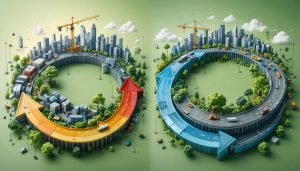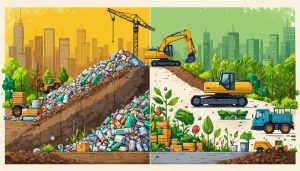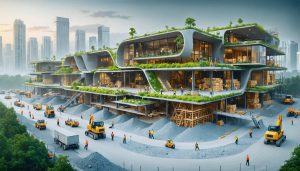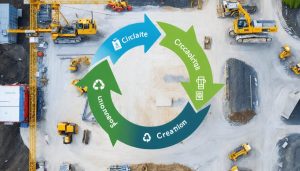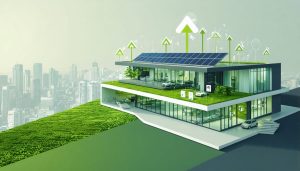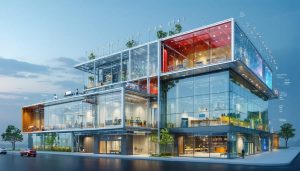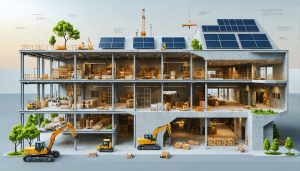
Carbon-Smart Construction: Proven Decarbonization Strategies That Actually Work
Decarbonization stands as the construction industry’s most pressing challenge, with buildings accounting for nearly 40% of global carbon emissions. Leading construction firms are revolutionizing their approaches through three critical pathways: materials innovation, process optimization, and operational efficiency. By implementing science-based targets and embracing circular economy principles, the sector can achieve up to 50% emissions reduction by 2030.
The transformation toward carbon-neutral construction demands immediate action across the entire building lifecycle. From specifying low-carbon concrete alternatives to …

